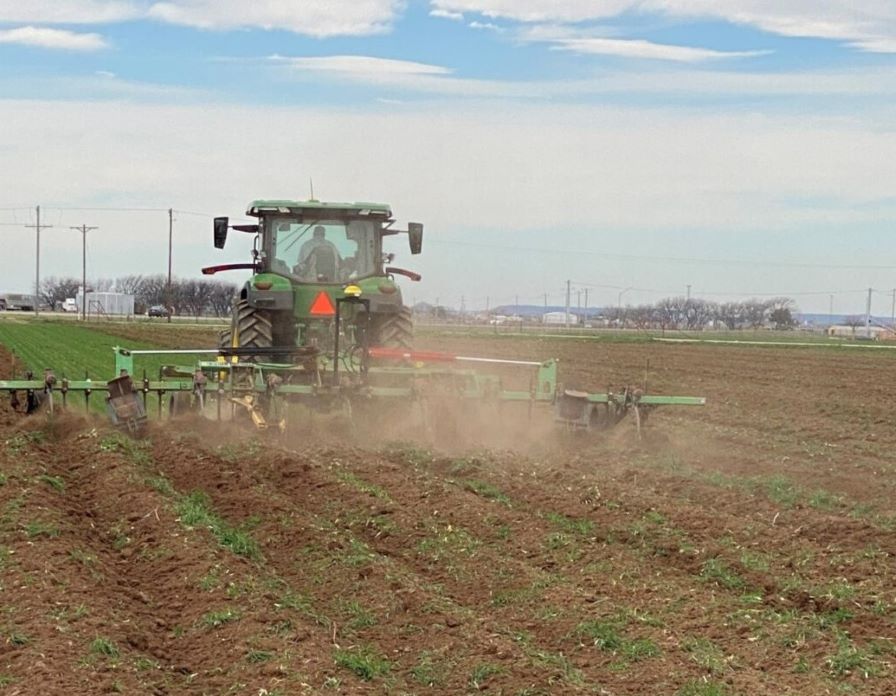Cotton Bunchy Top Disease a Concern in Australia
A recent visit to cotton farms across central Queensland by Cotton Australia and the Queensland Department of Employment, Economic Development and Innovation (QDeeDI) has identified several fields with infestations of Cotton Bunchy Top disease (CBT).
Susan Maas, the Cotton CRC disease and farm hygiene extension leader, says this season’s cotton industry pathology survey had identified an increased incidence of the Cotton Bunchy Top virus, which is spread by the cotton aphids and causes serious yield impacts. The current levels of the disease are now a cause for concern for next season.CBT is spread by cotton aphid and causes stunting in cotton including reduced leaf and fruit size, reduced internode and petiole length, with distinctive mottling of leaves.
CBT symptoms were visible in about 1 percent of crops as part of the disease survey this year with some problematic patches. Some fields on the Downs have up to 70 percent of plants affected & significant yield impacts are likely.With so much pathogen now present in the environment, host management during winter will be crucial in ensuring that there isn’t more severely impacted fields next year.
A number of broadleaf weeds such as marshmallow weeds are hosts, however the biggest problem is volunteer and ratoon cotton as they provide the green bridge that allows aphids to survive season to season Because there is a latent period from initial infection to the presence of visual symptoms cotton plants such as volunteer and ratoons, may appear symptomless, though they are infected with the disease and can be a source for next year’s problem.
Growers should not rely on aphid control as the primary means of preventing infection. Aphid management has become particularly challenging in recent years due to growing resistance issues and overuse of insecticides to control aphids and prevent will make this situation worse.
Waiting to control volunteers and ratoons until after cotton planting risks CBT carrying aphids leaving these volunteers plants resulting in sudden and widespread crop infestation – with risk of high yield loss.
For more information, and for the Top 10 reasons why ratoon and volunteer cotton must go, please click here.









